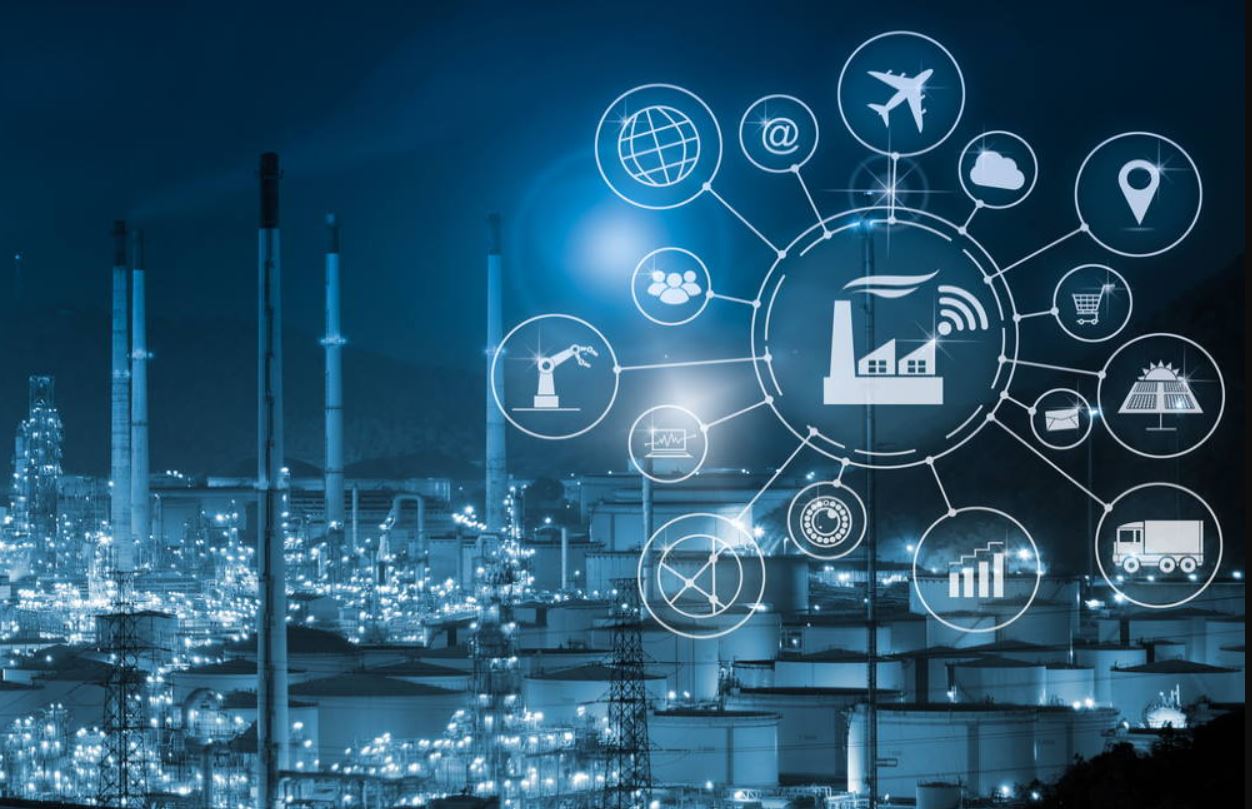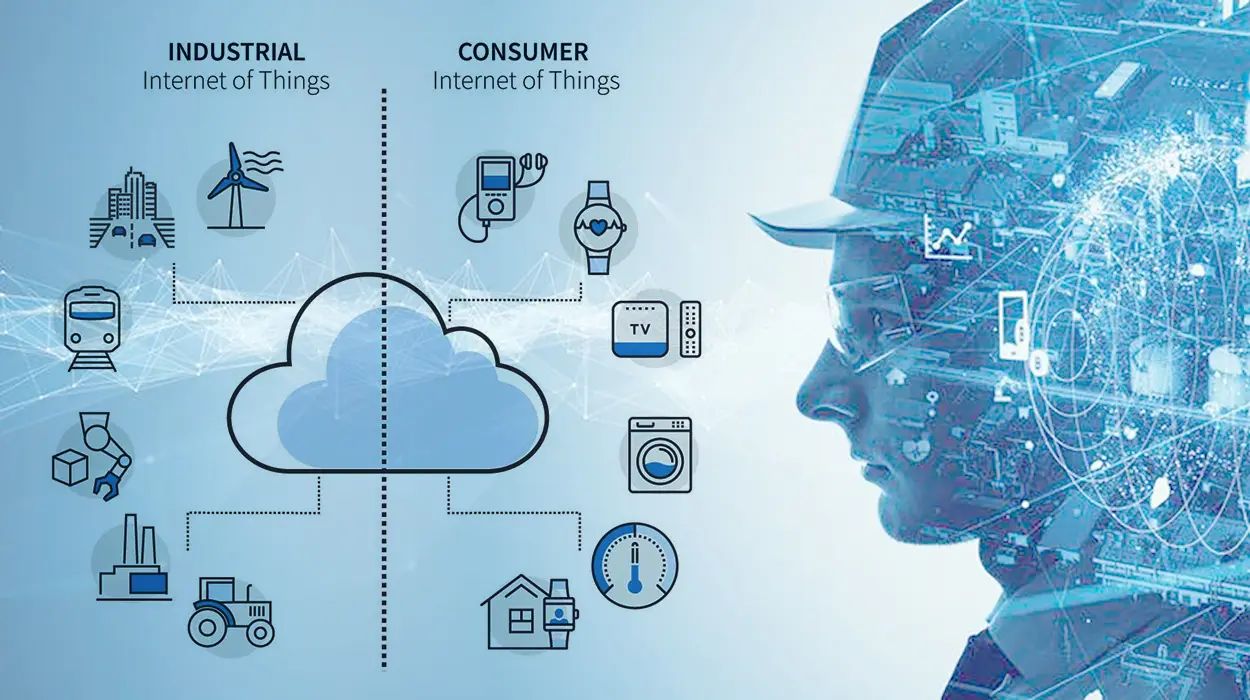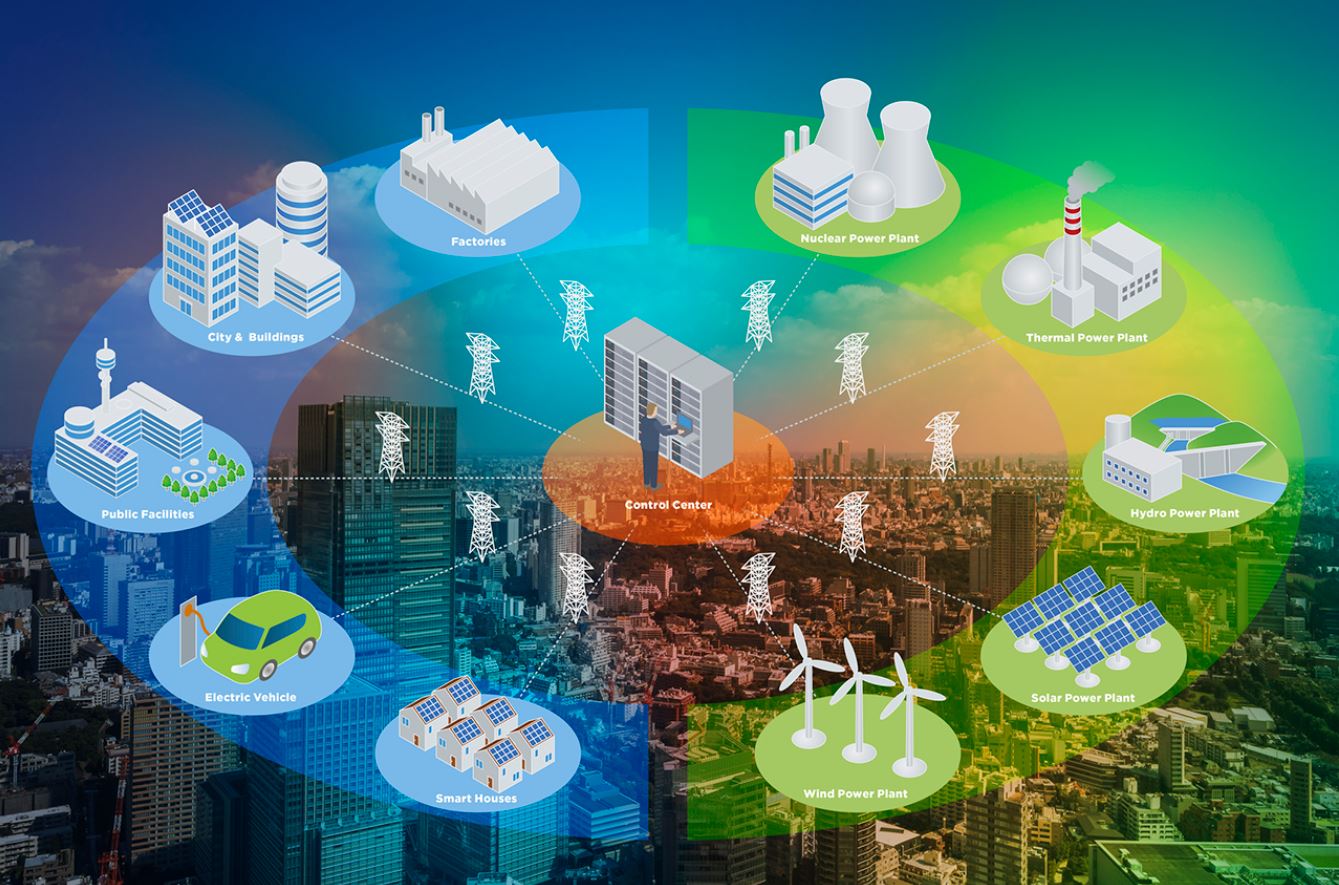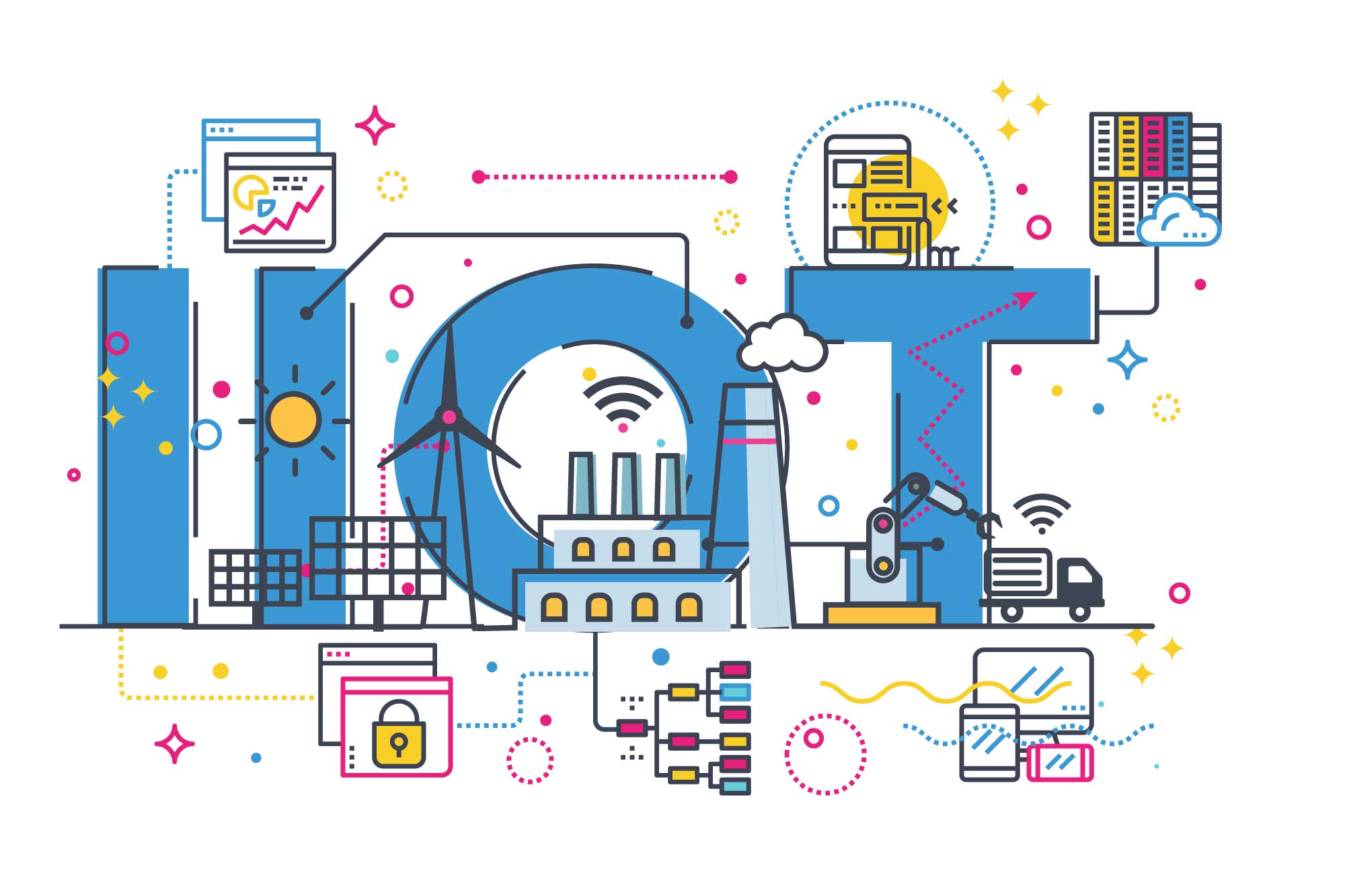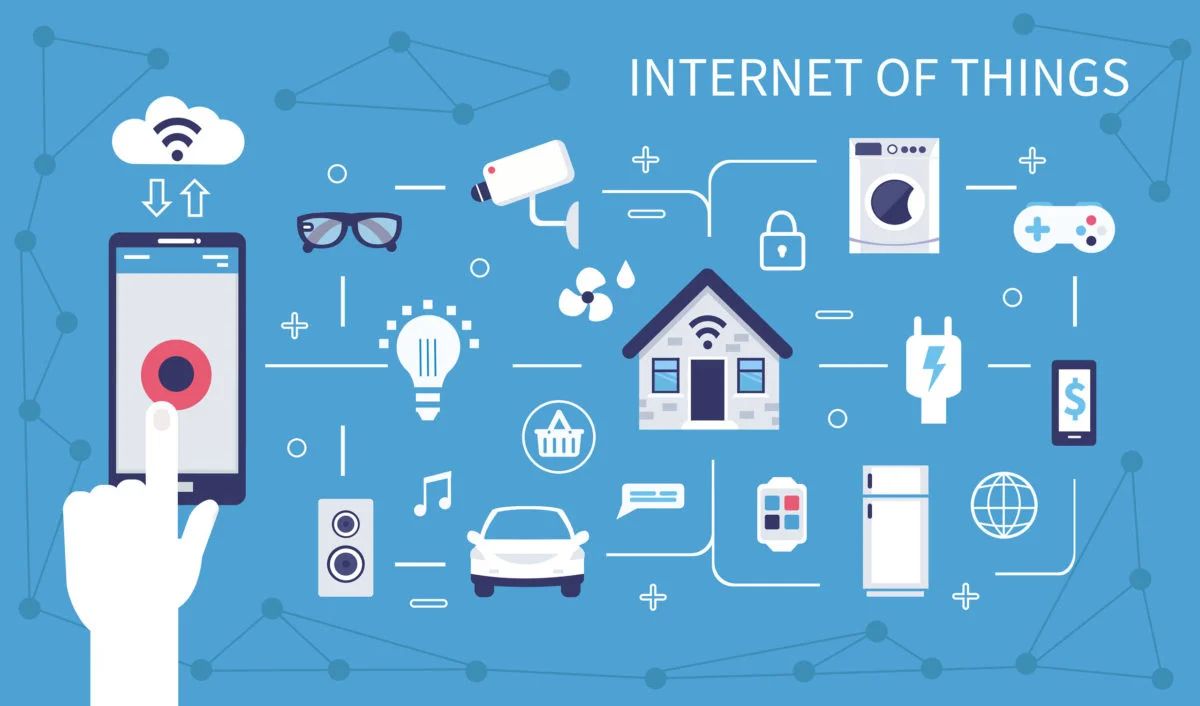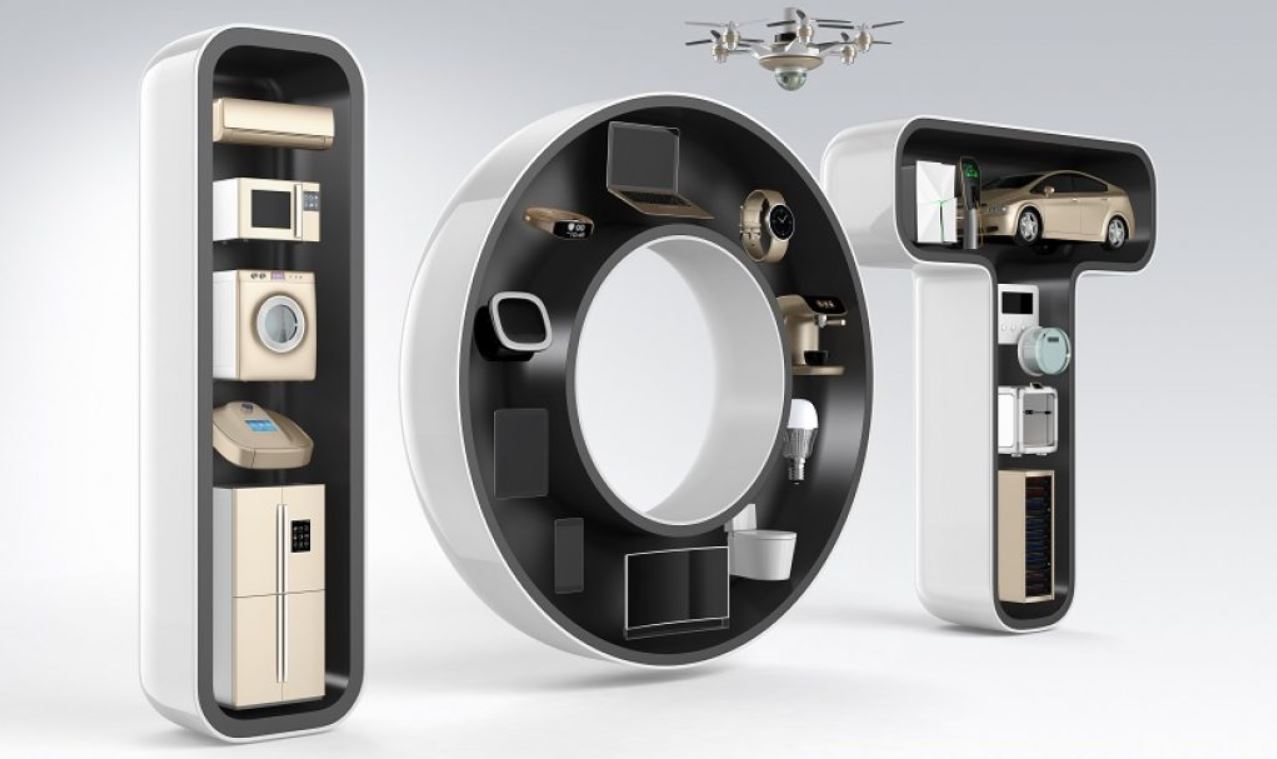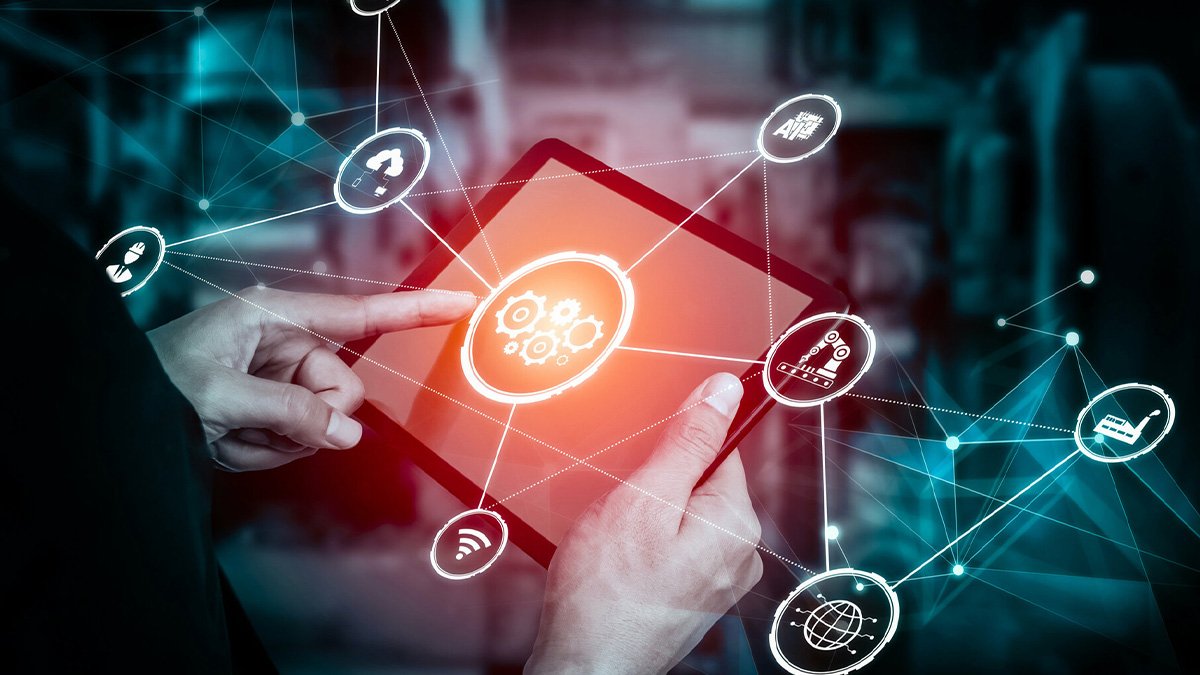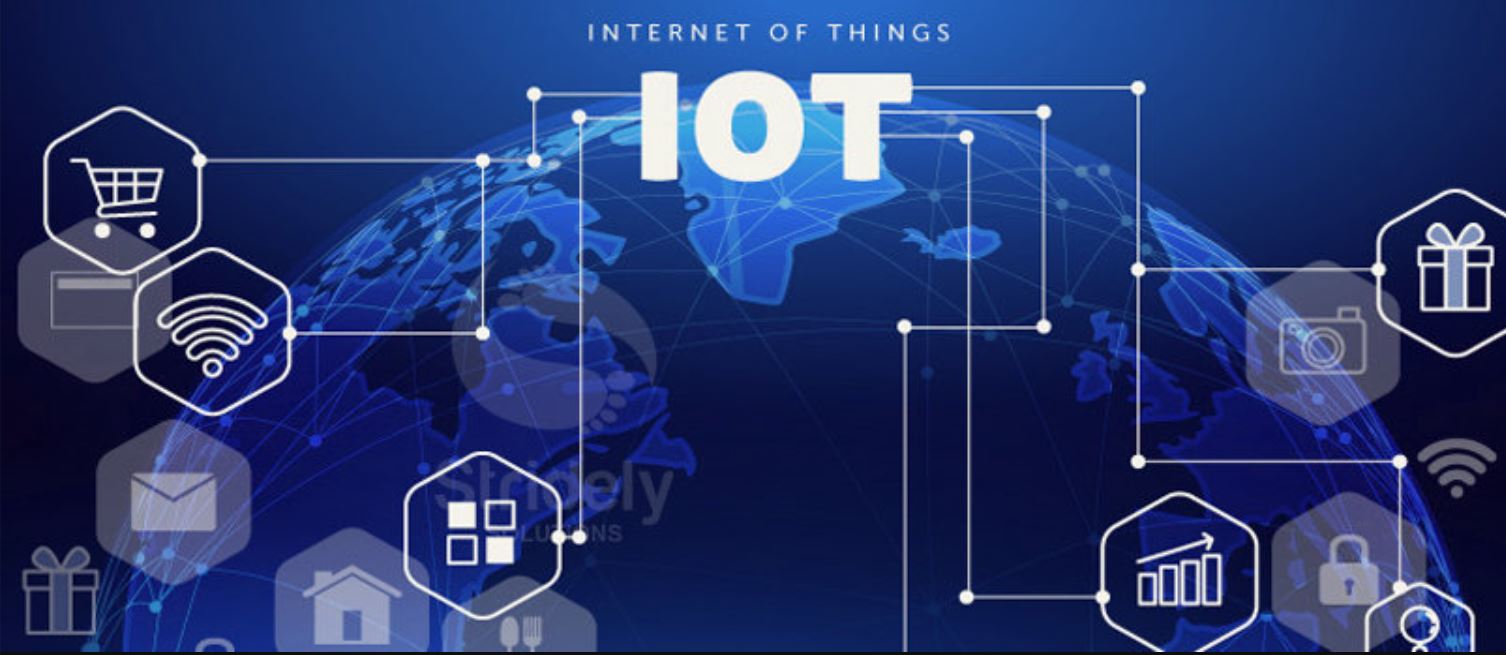Introduction
Welcome to the world of Industrial Internet of Things (IoT)! As technology continues to advance at a rapid pace, we find ourselves amidst a digital revolution that is revolutionizing industries across the globe. The Industrial IoT, often referred to as IIoT, is the convergence of traditional industrial sectors with the power of internet connectivity and data analysis.
In the past, industries relied on manual processes and limited connectivity to operate. However, with the advent of the Industrial IoT, machines, devices, and systems can now communicate and collaborate with each other in real-time. This connectivity enables businesses to gather valuable data, automate processes, and make informed decisions that optimize efficiency and productivity.
So, what exactly is the Industrial IoT? Simply put, it is the extension of the IoT concept to industrial applications. It involves the integration of sensors, actuators, and other devices with the existing infrastructure to enable seamless communication and data exchange. This interconnectedness allows for the collection, analysis, and utilization of data to drive operational improvements, cost reductions, and new business opportunities.
The Industrial IoT has the potential to revolutionize various industries, including manufacturing, energy, agriculture, transportation, and healthcare. It opens up a world of possibilities, from smart factories and connected supply chains to predictive maintenance and remote monitoring.
But how does the Industrial IoT actually work? Stay tuned as we explore the inner workings of this transformative technology, its benefits, use cases, challenges, and its impact on cybersecurity. Let’s dive into the fascinating realm of Industrial IoT and uncover its immense potential.
What is Industrial IoT?
Industrial IoT, or IIoT, refers to the extension of the Internet of Things (IoT) into industrial applications. It involves the integration of smart devices, sensors, and embedded systems with existing industrial infrastructure to enable real-time monitoring, control, and optimization of operations.
The key difference between the IoT and IIoT lies in the specific industries they cater to. While the IoT focuses on consumer-oriented applications like wearable devices and smart home appliances, the Industrial IoT is tailored towards sectors such as manufacturing, energy, transportation, agriculture, and healthcare.
At its core, the Industrial IoT leverages the power of data connectivity and analytics to transform traditional industries. By connecting machines, equipment, and systems, it enables seamless communication, data collection, and analysis. This wealth of data provides valuable insights that can drive operational efficiency, process optimization, and informed decision-making.
Industrial IoT applications are diverse and expansive. In manufacturing, for example, IIoT enables the concept of smart factories, where production processes are interconnected and optimized in real-time. Sensors embedded in equipment monitor performance, detect anomalies, and trigger automatic maintenance or adjustments, minimizing downtime and maximizing productivity.
In the energy sector, IIoT facilitates more efficient energy consumption and management. Smart grid systems enable real-time monitoring of energy consumption patterns, enabling utilities to optimize energy distribution and reduce inefficiencies. The application of IIoT in healthcare allows for remote patient monitoring, telemedicine, and real-time healthcare analytics, resulting in improved patient outcomes and reduced healthcare costs.
Overall, the Industrial IoT offers immense benefits to organizations across various sectors. It empowers businesses to optimize resource utilization, enhance operational efficiency, reduce costs, and improve decision-making based on real-time data. By harnessing the power of connectivity, data, and analytics, the Industrial IoT is transforming industries and driving innovation.
How does Industrial IoT work?
The Industrial IoT operates through a network of interconnected devices, sensors, and systems that collect, analyze, and transmit data. This network forms the backbone of the Industrial IoT infrastructure, enabling seamless communication and collaboration between various components.
At the heart of the Industrial IoT are the sensors and actuators, which are embedded in equipment, machinery, and even physical assets. These sensors monitor and collect data on parameters such as temperature, pressure, vibration, and energy consumption. The data is then transmitted to a central hub or cloud platform via wired or wireless connections.
The collected data undergoes processing and analysis using advanced algorithms and machine learning techniques. This analysis helps derive actionable insights and enables predictive maintenance, real-time monitoring, and optimization of operations. The processed data is then made available to relevant stakeholders through user-friendly interfaces, dashboards, or mobile applications.
The connectivity infrastructure plays a vital role in the functioning of the Industrial IoT. It can involve a combination of wired and wireless technologies like Ethernet, Wi-Fi, cellular networks, and satellite communications. The choice of connectivity depends on factors such as data volume, latency, security requirements, and the physical environment in which the Industrial IoT operates.
To ensure secure and reliable data transmission, Industrial IoT systems use various protocols and standards. These include MQTT (Message Queuing Telemetry Transport), CoAP (Constrained Application Protocol), OPC-UA (OPC Unified Architecture), and TLS (Transport Layer Security). These protocols ensure efficient and secure communication between devices, systems, and the cloud infrastructure.
Cloud platforms and edge computing also play a significant role in the Industrial IoT ecosystem. Cloud platforms provide storage, processing power, and analytics capabilities for large-scale data management and analysis. Edge computing, on the other hand, enables real-time data processing and decision-making at the edge of the network, close to the devices themselves. It reduces latency, minimizes dependency on the cloud, and allows for faster response times.
Overall, the Industrial IoT utilizes a combination of sensors, connectivity, data processing, and analytics to enable intelligent decision-making, automation, and optimization of industrial operations. By harnessing the power of connectivity and data, it transforms industries, drives efficiency, and delivers valuable insights for business growth.
Benefits of Industrial IoT
The Industrial IoT offers a myriad of benefits to organizations across various industries. Let’s explore some of the key advantages of implementing Industrial IoT solutions.
- Improved Operational Efficiency: The Industrial IoT enables real-time monitoring of equipment, processes, and resources. This visibility allows for proactive maintenance, reduced downtime, and increased productivity. Organizations can optimize their operations through predictive maintenance, resource utilization, and process automation.
- Cost Reduction: By optimizing operations, minimizing downtime, and improving energy efficiency, the Industrial IoT helps organizations reduce costs. It enables better asset management, efficient supply chain management, and optimized resource allocation, resulting in significant cost savings.
- Enhanced Decision-Making: With access to real-time data and analytics, decision-makers can make informed and data-driven choices. The Industrial IoT provides insights into key performance indicators, production trends, and potential issues, enabling faster and more accurate decision-making.
- Productivity and Quality Improvement: The Industrial IoT enables organizations to streamline processes, reduce errors, and improve product quality. Automated workflows, real-time monitoring, and predictive analytics enhance overall productivity and customer satisfaction.
- Safety and Risk Mitigation: Industrial IoT solutions help improve workplace safety by monitoring environmental conditions, equipment performance, and employee behavior. Real-time alerts and proactive maintenance reduce the risk of accidents and ensure a safe working environment.
- Innovation and New Business Models: The Industrial IoT opens up new opportunities for innovation and the development of new business models. It allows organizations to explore data-driven services, customer-centric solutions, and value-added offerings, enabling business growth and competitive advantage.
- Sustainability and Environmental Impact: By optimizing resource utilization, energy consumption, and waste management, the Industrial IoT contributes to sustainability efforts. It enables organizations to reduce their carbon footprint and adopt environmentally friendly practices.
These benefits highlight the immense value that the Industrial IoT brings to organizations. By embracing this transformative technology, businesses can achieve improved efficiency, reduced costs, enhanced decision-making, and a competitive edge in the rapidly evolving market landscape.
Use cases and applications of Industrial IoT
The Industrial IoT has a wide range of applications across various industries, transforming the way organizations operate and revolutionizing business processes. Let’s explore some key use cases of the Industrial IoT:
- Smart Manufacturing: Industrial IoT enables the concept of smart factories, where machines, sensors, and systems are interconnected to optimize production processes. It includes real-time monitoring, predictive maintenance, and automated quality control to improve efficiency and reduce downtime.
- Energy Management: Industrial IoT solutions are being utilized in the energy sector to optimize energy usage, reduce waste, and enhance grid efficiency. Smart grid systems enable real-time monitoring of energy consumption, facilitating better energy distribution and demand response.
- Supply Chain Optimization: Industrial IoT plays a crucial role in supply chain management by providing real-time visibility into inventory, shipments, and logistics. It enables organizations to optimize routes, reduce congestion, and improve delivery accuracy and efficiency.
- Agriculture: Industrial IoT is transforming the agricultural sector by enabling precision farming techniques. IoT sensors monitor soil moisture, temperature, and crop health, allowing farmers to make data-driven decisions for irrigation, fertilization, and pest control. This optimization leads to increased crop yield and resource efficiency.
- Transportation and Logistics: Industrial IoT is revolutionizing transportation and logistics by enabling real-time tracking of vehicles, optimizing routes, and enhancing fleet management. It improves delivery accuracy, reduces fuel consumption, and enhances overall supply chain efficiency.
- Healthcare: Industrial IoT solutions have immense potential in the healthcare industry. Remote patient monitoring systems enable real-time tracking of vital signs and health data, allowing healthcare professionals to provide proactive care and reduce hospital visits. IoT-powered medical devices and wearable technologies are transforming patient care and chronic disease management.
- Smart Cities: Industrial IoT is a key component in building smarter and sustainable cities. It includes applications such as smart street lighting, waste management, environmental monitoring, and intelligent infrastructure management to enhance the quality of life for citizens.
These are just a few examples of the vast array of applications for Industrial IoT. From manufacturing to healthcare, transportation to agriculture, the Industrial IoT is revolutionizing industries, driving innovation, and creating new possibilities for businesses and society as a whole.
Challenges and considerations in implementing Industrial IoT
While the Industrial IoT offers numerous benefits and opportunities, there are also several challenges and considerations that organizations must address when implementing these solutions. Let’s explore some of the key challenges:
- Interoperability: Industrial IoT systems often involve a wide range of devices, sensors, and platforms from different vendors. Ensuring interoperability and seamless integration between these components can be a challenge. Organizations must carefully consider standards, protocols, and compatibility to avoid data silos and integration issues.
- Data Management: The sheer volume of data generated by Industrial IoT devices can be overwhelming. Organizations need to have robust data management strategies in place to handle the influx of data, ensuring its quality, security, and compliance with regulations. This includes data storage, analytics, and data governance practices.
- Cybersecurity: Industrial IoT systems are highly interconnected, making them vulnerable to cyber threats. Organizations must prioritize cybersecurity measures to protect sensitive data, devices, and communication channels. This involves implementing strong encryption, authentication protocols, and regular vulnerability assessments to mitigate risks.
- Scalability: As organizations expand their Industrial IoT deployments, scalability becomes a concern. The ability to scale the infrastructure, manage a large number of devices, and handle increased data traffic is crucial for long-term success. Organizations must plan for scalability from the outset to accommodate future growth.
- Privacy and Ethical considerations: Industrial IoT solutions involve the collection and processing of vast amounts of data, raising privacy concerns. Organizations must be transparent about data collection and usage, ensuring compliance with privacy regulations and ethical considerations. Anonymization and data anonymization techniques can protect individual privacy while still gaining valuable insights.
- Skills and Workforce: Implementing Industrial IoT solutions requires skilled professionals who understand both the technical aspects and the industrial domain. Organizations must invest in training and upskilling their workforce to effectively manage and utilize Industrial IoT technologies.
When implementing Industrial IoT, organizations must carefully consider these challenges and develop appropriate strategies to overcome them. A robust and well-planned implementation roadmap, collaboration with experienced partners, and a focus on security and privacy are crucial to successful deployment.
Industrial IoT and cybersecurity
As organizations embrace the power of the Industrial IoT, cybersecurity becomes a critical consideration. The interconnected nature of Industrial IoT systems introduces new cybersecurity challenges and risks that must be addressed to protect sensitive data and ensure the integrity of industrial operations.
One of the primary concerns is the potential for cyberattacks on Industrial IoT systems. These attacks can disrupt operations, cause financial losses, compromise safety, and even lead to environmental hazards. Therefore, organizations must implement robust cybersecurity measures to safeguard their Industrial IoT infrastructure.
Here are some key aspects to consider when it comes to Industrial IoT and cybersecurity:
- Secure communication: Implementing strong encryption protocols and secure communication channels between Industrial IoT devices is crucial. This ensures that data transmitted between devices and to cloud platforms cannot be intercepted or manipulated by malicious actors.
- Access control and authentication: Industrial IoT systems should implement stringent access control measures and only allow authorized individuals to interact with the system. Multi-factor authentication, role-based access control, and strong password policies can help prevent unauthorized access.
- Vulnerability management: Regular vulnerability assessments and patch management are essential to address potential security weaknesses in Industrial IoT systems. Proactive monitoring and addressing known vulnerabilities minimize the risk of exploitation by hackers.
- Data privacy: Protecting the privacy of data collected by Industrial IoT devices is crucial. Organizations must comply with privacy regulations and anonymize or de-identify data whenever possible to minimize the risk of data breaches and unauthorized access.
- Physical security: Securing physical access to Industrial IoT devices and infrastructure is equally important. Implementing measures such as video surveillance, access controls, and physical barriers can prevent unauthorized tampering or physical attacks on critical components.
- Employee training and awareness: Organizations should educate their employees about cybersecurity best practices and create a culture of security awareness. Training programs can help employees recognize and report potential security threats, reducing the risk of human error leading to breaches.
Collaboration between industry partners, manufacturers, and cybersecurity experts is crucial to staying ahead of evolving threats in the Industrial IoT space. Implementing a defense-in-depth approach, combining multiple layers of security measures, and regularly updating security practices are essential to mitigate cyber risks.
By addressing cybersecurity concerns and implementing robust measures, organizations can fully reap the benefits of the Industrial IoT while ensuring the integrity and security of their industrial operations.
Conclusion
The Industrial IoT is revolutionizing industries by leveraging the power of connectivity, data, and analytics. It offers a multitude of benefits, including improved operational efficiency, cost reduction, enhanced decision-making, and innovation. The applications of Industrial IoT are vast, spanning sectors such as manufacturing, energy, transportation, agriculture, and healthcare.
However, implementing Industrial IoT solutions comes with its own set of challenges. Interoperability, data management, cybersecurity, scalability, privacy, and skills are key considerations that organizations must address to ensure successful deployment. By proactively addressing these challenges, organizations can harness the full potential of the Industrial IoT and unlock new opportunities.
Cybersecurity, in particular, is of utmost importance in the Industrial IoT ecosystem. Protecting sensitive data, ensuring secure communication between devices, and implementing robust access control measures are critical to safeguarding industrial operations from cyber threats. Taking a holistic approach to cybersecurity, including physical security, employee training, and regular vulnerability assessments, is essential to mitigate risks.
The Industrial IoT holds immense promise for organizations seeking to drive efficiency, optimize operations, and stay competitive in today’s rapidly evolving digital landscape. By embracing the opportunities and addressing the challenges, organizations can tap into the transformational power of the Industrial IoT and pave the way for a more connected and intelligent future.







